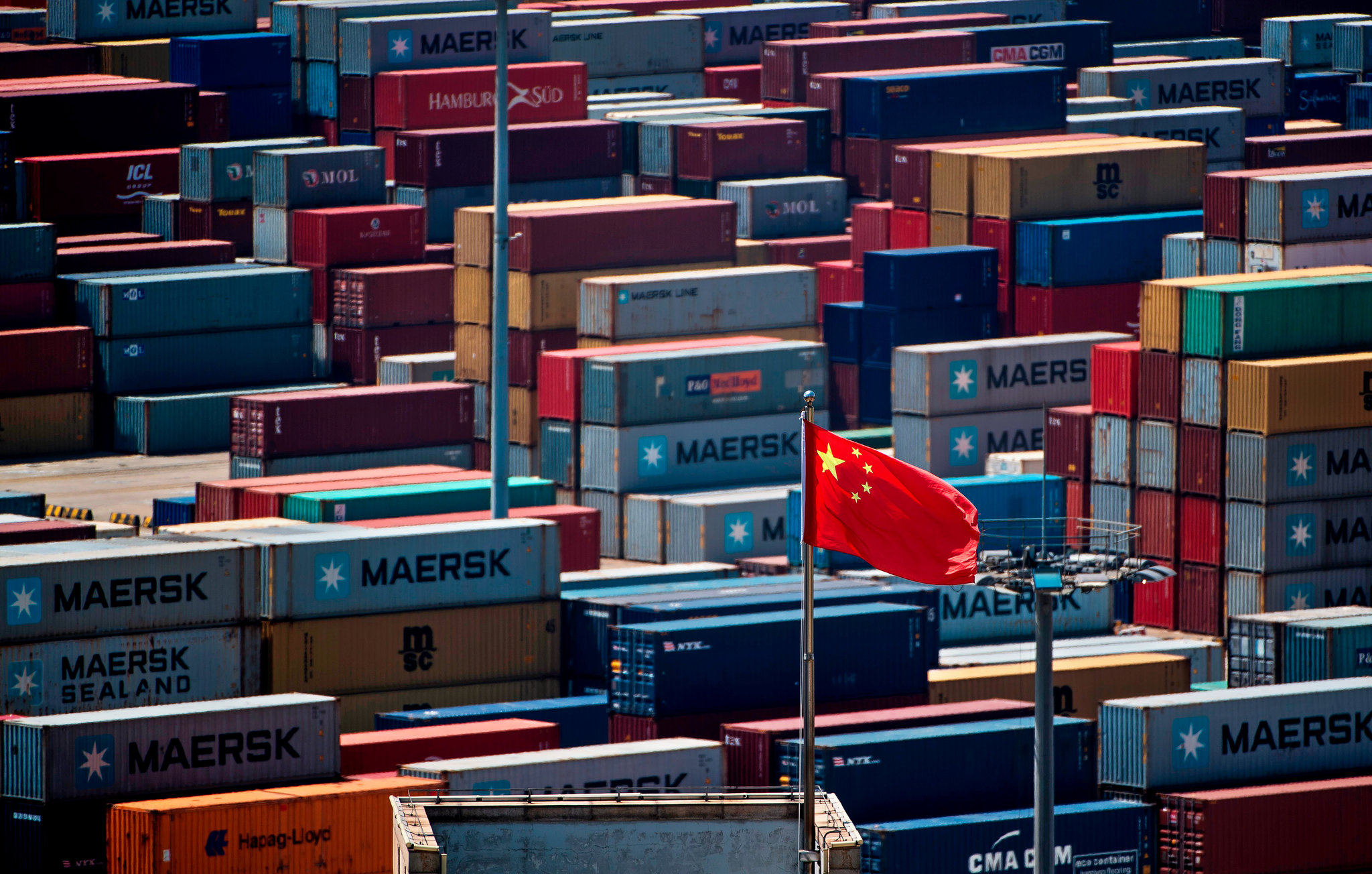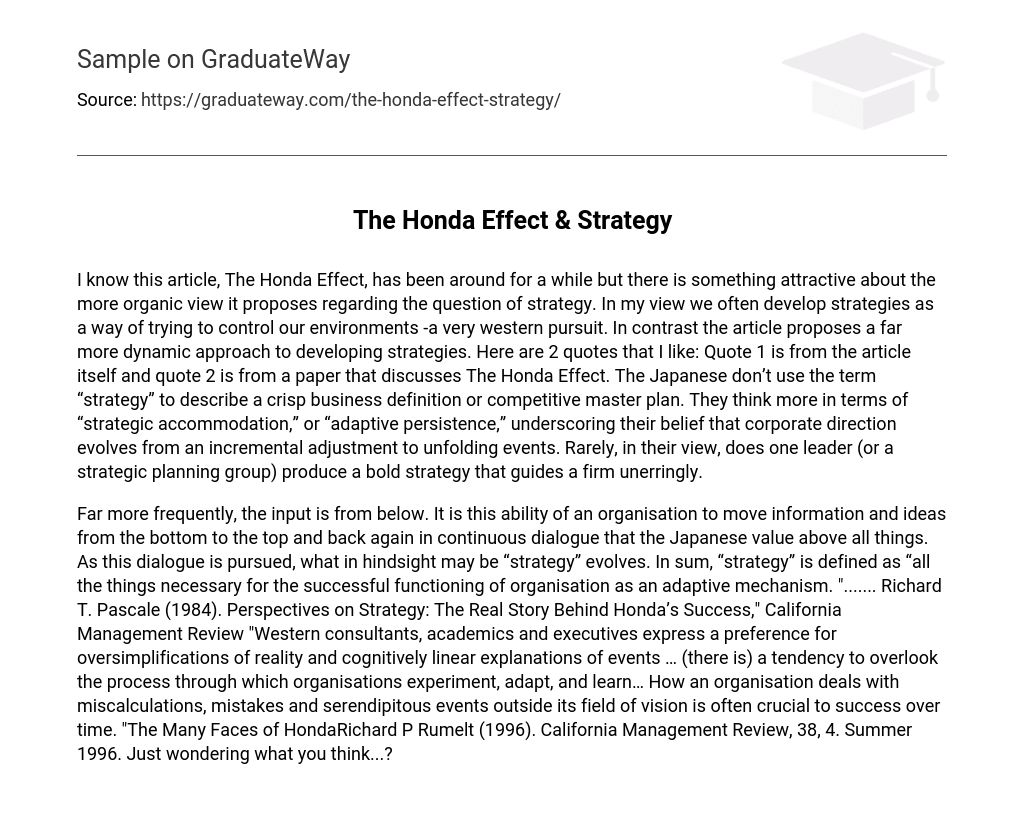US Slaps Massive Tariffs On Southeast Asian Solar Imports: Up To 3,521% Duties

Table of Contents
The Scope of the Tariffs and Affected Countries
These newly imposed US solar tariffs target key players in the global solar panel supply chain, primarily focusing on Southeast Asian countries. The investigation leading to these tariffs centered on allegations that these countries were circumventing previous tariffs imposed on Chinese solar panel imports. The tariff rates vary significantly depending on the country of origin:
- Specific tariff percentages: While the maximum tariff reached 3,521%, the actual rates applied differ. Cambodia, Malaysia, Thailand, and Vietnam face substantial tariffs, although the exact percentages levied on each country’s solar panel imports are complex and vary based on specific manufacturers and models. This complexity adds to the challenges for businesses navigating these new regulations.
- Circumvention of previous tariffs: The investigation highlighted concerns that Southeast Asian manufacturers were acting as intermediaries, effectively bypassing previous tariffs imposed on Chinese solar panel imports. This alleged circumvention is at the heart of the rationale behind these new, sweeping tariffs.
- Volume of solar imports affected: The volume of solar panel imports affected by these tariffs is substantial, representing a significant portion of the US solar market's supply. This makes the impact on the availability and pricing of solar panels particularly acute.
- Excluded countries: It's important to note that not all Southeast Asian countries are subject to these tariffs. Some smaller players or those with minimal involvement in the alleged circumvention may have been excluded, though details remain subject to change based on further investigations.
Impact on the US Solar Industry and Consumers
The ramifications of these tariffs extend far beyond the immediate impact on importers. The US solar industry and its consumers will likely experience significant consequences:
- Solar panel price increase: The most immediate effect will be a sharp increase in solar panel prices. This price surge directly impacts the affordability of solar energy for consumers and businesses. The hefty clean energy tariffs threaten to make solar installations considerably more expensive, potentially slowing down the transition to renewable energy.
- Impact on the growth of the US solar industry: The increased cost of solar panels could significantly hinder the growth of the US solar industry, potentially slowing down project development and hindering the expansion of solar energy infrastructure. This could negatively affect job creation within the sector.
- Effect on job creation and economic impact: While the tariffs aim to protect American solar manufacturers, the potential for job losses due to higher costs and reduced market demand is significant. A slower expansion of the industry may counter the intended job creation benefits. The overall economic impact is likely to be mixed, with some sectors benefiting while others face considerable challenges.
- Implications for consumers: Consumers considering solar panel installations will face higher upfront costs and longer return-on-investment periods. This could lead to decreased demand and slow the adoption of solar energy in residential and commercial markets. The higher solar installation costs will have a ripple effect throughout the economy.
The International Response and Trade Implications
The US's decision to impose these massive tariffs has sparked considerable international reaction and raised significant trade implications:
- Reactions from Southeast Asian governments and international organizations: Southeast Asian governments have expressed strong concerns, arguing that the tariffs are unfair and disruptive to the global solar industry. International organizations are also likely to weigh in, potentially raising concerns about compliance with WTO rules.
- Potential for retaliatory tariffs: Affected countries may retaliate by imposing their own tariffs on US goods, escalating the trade dispute. This could lead to a broader trade war impacting various sectors.
- Discussion on the legal implications under WTO rules: The legality of these tariffs under WTO rules will likely be challenged. The argument centers on whether the allegations of tariff circumvention justify such a drastic measure.
- Analysis of the long-term implications for US-Southeast Asia trade relations: The long-term impact on US-Southeast Asia trade relations remains uncertain. These tariffs could strain diplomatic ties and create additional barriers to cooperation on other economic and political matters.
Potential for Bypassing the Tariffs
Despite the intent behind these tariffs, there are potential strategies that could be used to circumvent them:
- Tariff circumvention strategies: Companies may explore alternative supply chains, sourcing solar panels from different regions or countries not subject to the tariffs. This might involve shifting manufacturing or using different import strategies.
- Likelihood of success: The success of such strategies depends on several factors, including the flexibility of existing supply chains, the availability of alternative sources, and the effectiveness of enforcement measures by US Customs and Border Protection.
- Implications for the effectiveness of the tariffs: If successful, circumvention efforts would severely undermine the effectiveness of the tariffs in achieving their stated goals of protecting the US solar industry and promoting domestic manufacturing.
Conclusion
The imposition of massive tariffs on Southeast Asian solar imports represents a significant development with wide-ranging consequences for the US solar industry, consumers, and international trade relations. The drastic price increases and potential supply chain disruptions could hinder the growth of renewable energy and the transition to a cleaner energy future. The long-term effects remain uncertain, and the potential for escalation through retaliatory tariffs adds complexity to an already challenging situation.
Call to Action: Understanding the implications of these US solar tariffs is crucial for stakeholders across the solar industry. Stay informed about further developments in this evolving situation, and consider the long-term implications of these Southeast Asia solar import restrictions on the future of clean energy. Learn more about how these 3521% tariffs will affect your business or future solar projects by following industry news and engaging in informed discussions.

Featured Posts
-
 29 Million Or Nothing Ufc Vet Says Jon Jones Needs A Massive Payday
May 30, 2025
29 Million Or Nothing Ufc Vet Says Jon Jones Needs A Massive Payday
May 30, 2025 -
 The Honda Effect How Winning Motorcycles Attract Champions
May 30, 2025
The Honda Effect How Winning Motorcycles Attract Champions
May 30, 2025 -
 Gorillaz Announce Four Special September Live Shows
May 30, 2025
Gorillaz Announce Four Special September Live Shows
May 30, 2025 -
 Deutsche Bank Analyse De Son Evolution Et De Ses Crises Recentes
May 30, 2025
Deutsche Bank Analyse De Son Evolution Et De Ses Crises Recentes
May 30, 2025 -
 Presion Y Tension El Trato A Los Rivales De Los Jugadores Franceses En El Abierto De Francia
May 30, 2025
Presion Y Tension El Trato A Los Rivales De Los Jugadores Franceses En El Abierto De Francia
May 30, 2025
